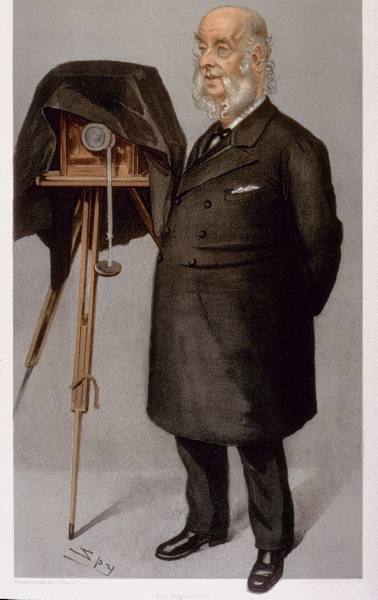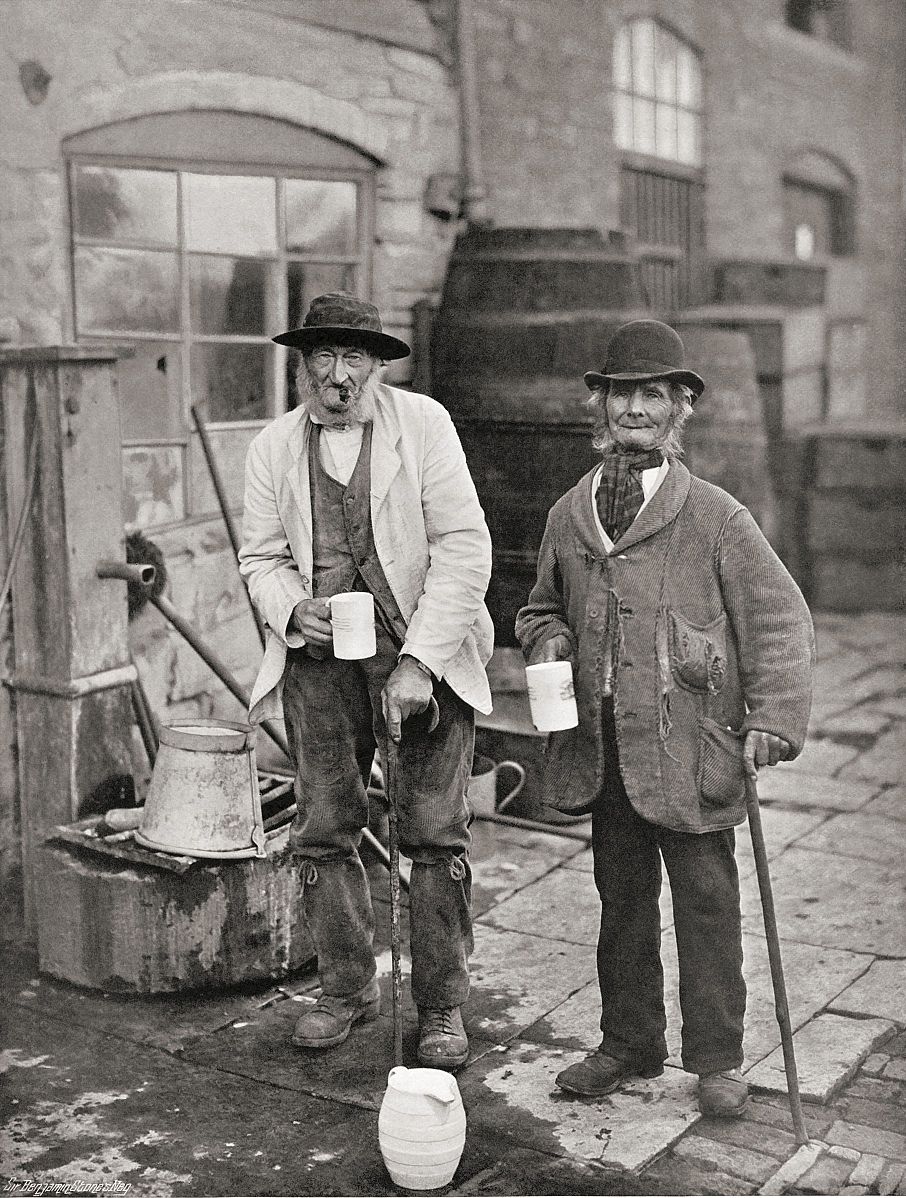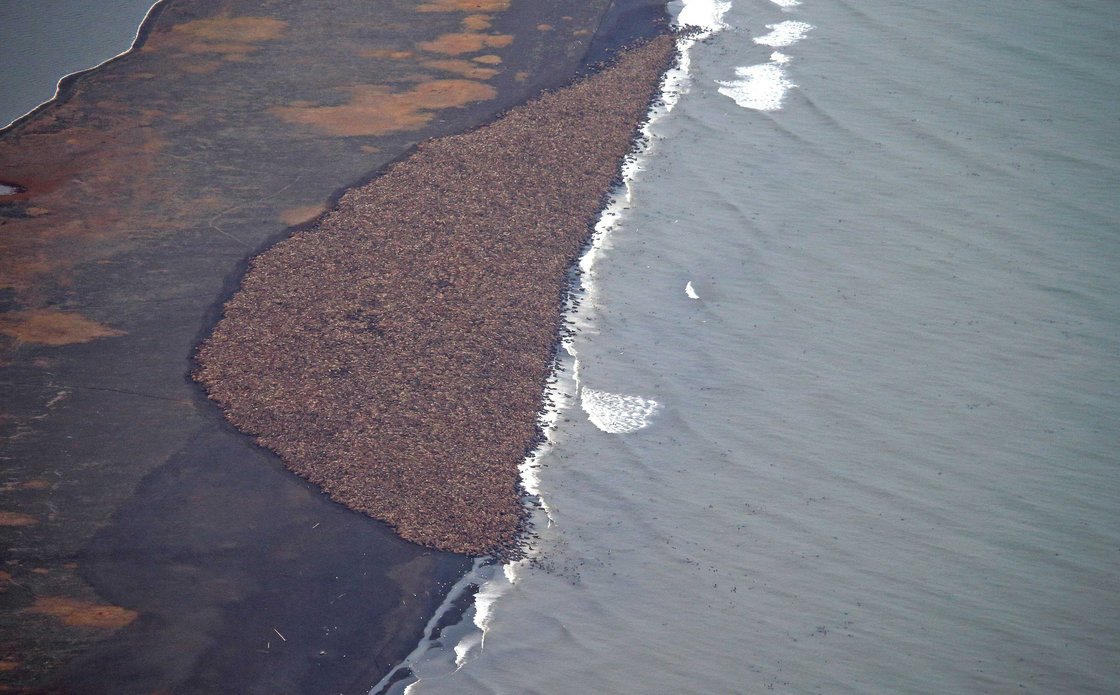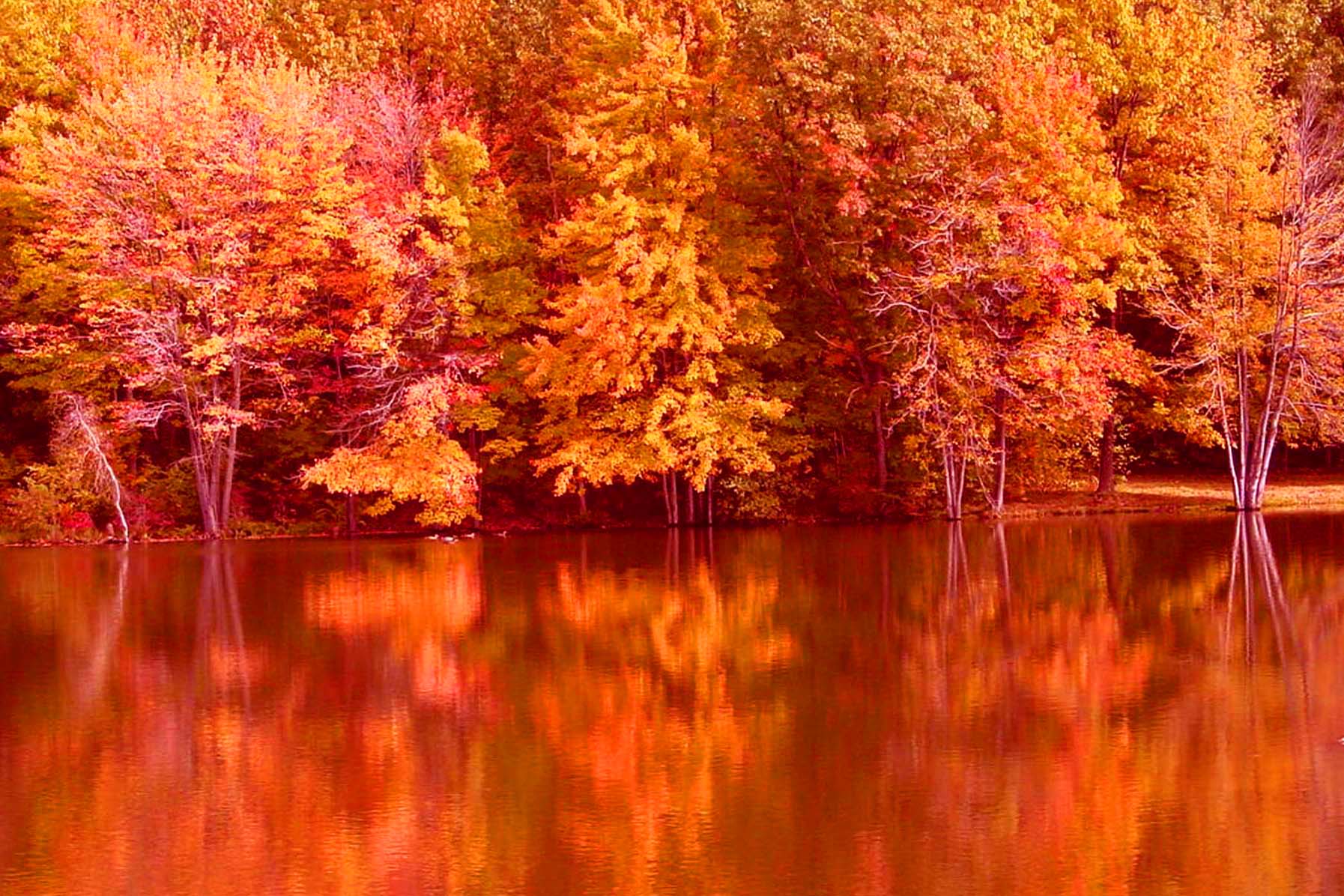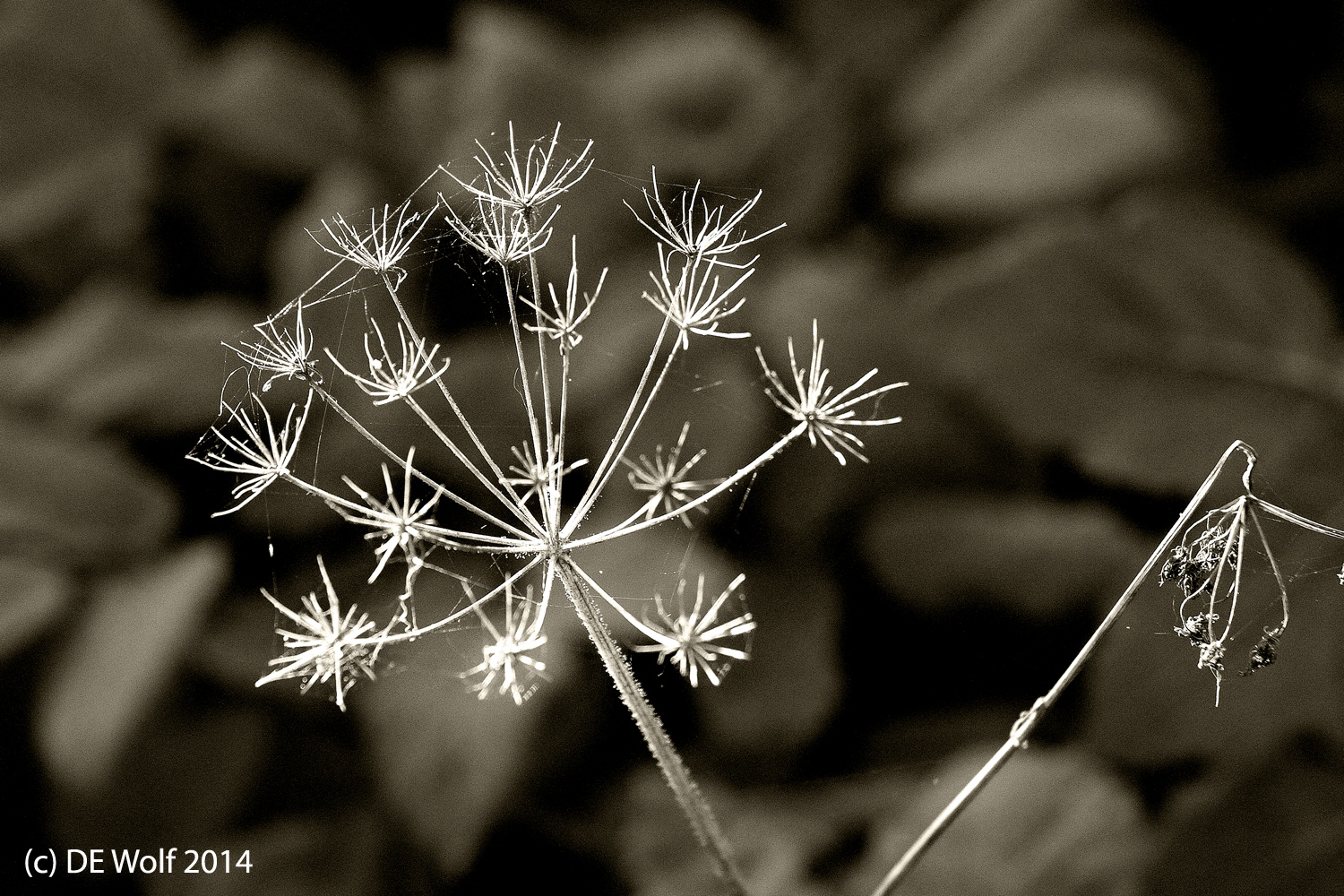I spent yesterday in transit, as they say; so I need something pretty simple and amusing photographically today. So I thought that I would pick up on the “October is pumpkins” theme and record the fact that the world’s largest pumpkin record as been smashed (sic). Swiss Gardner, Beni Meier, went to great lengths to transport the behemoth to Germany. The big orange puppy weighed in at 2,096.6 lbs. This breaks the previous record held by Tim and Susan Mathison from California.
The pumpkin will remain on display in Klaistow, Germany, according to spokeswoman, Maika Ziehl when it will be “slaughtered” (Gulp!) made into soup and its seeds auctioned off by those with dreams of giant pumpkins. Well, Oktoberfest is over; so time to move on to something else…

